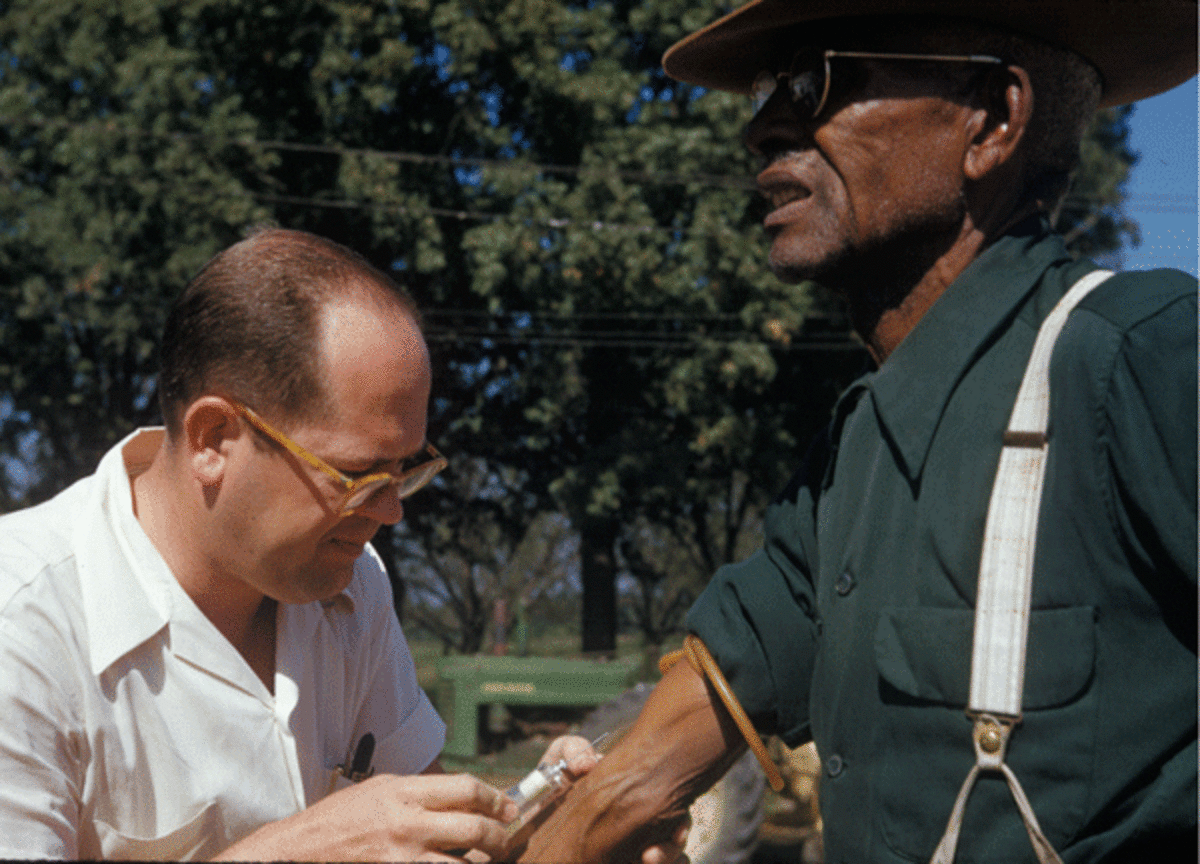Closing the Gap: Equity in Health Care

CDC Report on Health Disparities
The CDC (Center for Disease Control and Prevention) recently released a report about health disparities in the US. The report reveals that differences in income, gender, race/ethnicity, education, disability status and other social attributes do make a difference in how likely we are to be healthy, sick or die prematurely.
This report was the first of its kind. Its purpose was to identify disparities, and then identify interventions that can be made to close the gaps in disparity in order to achieve equity. A need for more consistent data regarding disability and sexual orientation was identified from the report. While significant progress has been made toward improving health for most Americans, disparities do continue.
The report addresses disparities in health care access, exposure to environmental hazards, death rates, risk of disease, behavioral risk factors, disability status, and social determinants of health – the conditions, in which people are born, grow, live and work. The purpose of the report is to address the gaps that do exist, and to set a baseline so future progress toward closing the gap can be measured.
Some Findings
• Low income persons report 5 to 11 fewer healthy days per month than high income persons.
• Men are nearly 4 times more likely than women to commit suicide.
• Adolescent birth rates for Hispanics and blacks are 3 and 2.5 times those of whites, respectively.
• Men are more likely to die in motor vehicle crashes than women.
• Rates of drug-induced deaths were highest among whites and lowest among Asian/Pacific Islanders.
• Hypertension is by far most prevalent among blacks (42%) than whites (29%).
• Levels of control of hypertension are lowest for Mexican Americans (31.8%) vs. 46.5% for whites.
• Rates of preventable hospitalizations increase as incomes decrease. (eliminating these disparities would prevent approximately 1 million hospitalizations and save $6.7 billion in health care costs each year.)
• Prevalence of binge drinking is higher in people with higher incomes ($50,000 or more).
• The prevalence of binge drinking in college graduates is higher than in those with HS education.
• People who binge drink and have less than $15,000 income, binge drink more frequently and more heavily.
Fact Sheets
· Education and Income [PDF - 161KB]
· Inadequate and Unhealthy Housing [PDF - 161KB]
· Unhealthy Air Quality [PDF - 168KB]
· Health Insurance Coverage [PDF - 160KB]
· Influenza Vaccination Coverage [PDF - 167KB]
· Colorectal Cancer Screening [PDF - 168KB]
· Motor Vehicle-Related Deaths [PDF - 160KB]
· Drug-Induced Deaths [PDF - 160KB]
· Coronary Heart Disease and Stroke [PDF - 172KB]
· Preterm Births [PDF - 160KB]
· Potentially Preventable Hospitalizations [PDF - 161KB]
· Current Asthma [PDF - 162KB]
· Hypertension and Hypertension Control [PDF - 161KB]
· Binge Drinking [PDF - 181KB]
· Adolescent Pregnancy and Childbirth [PDF - 161KB]
· Cigarette Smoking [PDF - 169KB]
Conference: Health Care Disparities, 1 of 7
- Affordable Care Act to improve data collection, reduce health disparities
HHS will integrate questions on sexual orientation into national data collection efforts by 2013 and begin a process to collect information on gender identity. - Why Racial Disparities in Health Care Persist - Newsweek
It's been more than a decade since Congress first officially acknowledged that this country has a problem with race and health.








